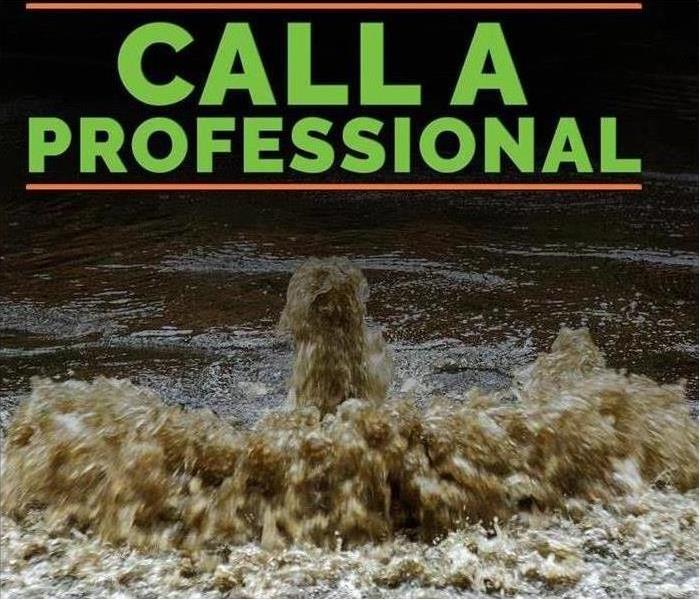Mold Prevention After Flooding
8/17/2021 (Permalink)
As storm season approaches, it is important to brush up on your damage prevention strategies. While no homeowner likes to think about what a bad storm in North St. Paul, MN, could do to the house, planning what to do if flooding does occur can help you prevent secondary damage such as mold growth. Here are several problems that can lead to a fungus infestation and what you can do to resolve them quickly before that happens.
Excess Water
A common problem after a storm is excess water. There are several places in your home where floodwater tends to pool:
- Basement
- Crawl spaces
- Attic
The longer water remains in your home, the more damage it causes. One of the first things that water restoration specialists will do when they arrive at your home is pumped the standing water out of your house. Their industrial pumps can make this process go smoothly and quickly. To minimize flooding, it is smart to have a sump pump installed in areas of your home that are most likely to flood during a storm.
Saturated Structure
One of the issues that causes the most storm damage is the saturation of parts of the structure itself. Porous materials such as drywall and floor tiles don't stop water from seeping in. If the damaged wall isn't torn out and replaced, mold growth can occur. The fungus can start to grow in as little as 24 hours after a high level of moisture settles in, so it's important to mitigate water damage in a timely manner.
Damaged Items
Bacteria in flood water can aid the growth of mold and cause unpleasant odors. It's important, therefore, to include every item in your home in the mitigation process. Anything in your home that is touched by contaminated water needs to be cleaned or thrown out.
Mold growth and other secondary damage don't take long to take root in your home after it floods. Quick, professional remediation is the key to avoiding these problems.

 24/7 Emergency Service
24/7 Emergency Service
